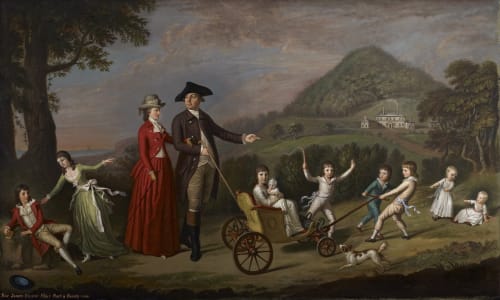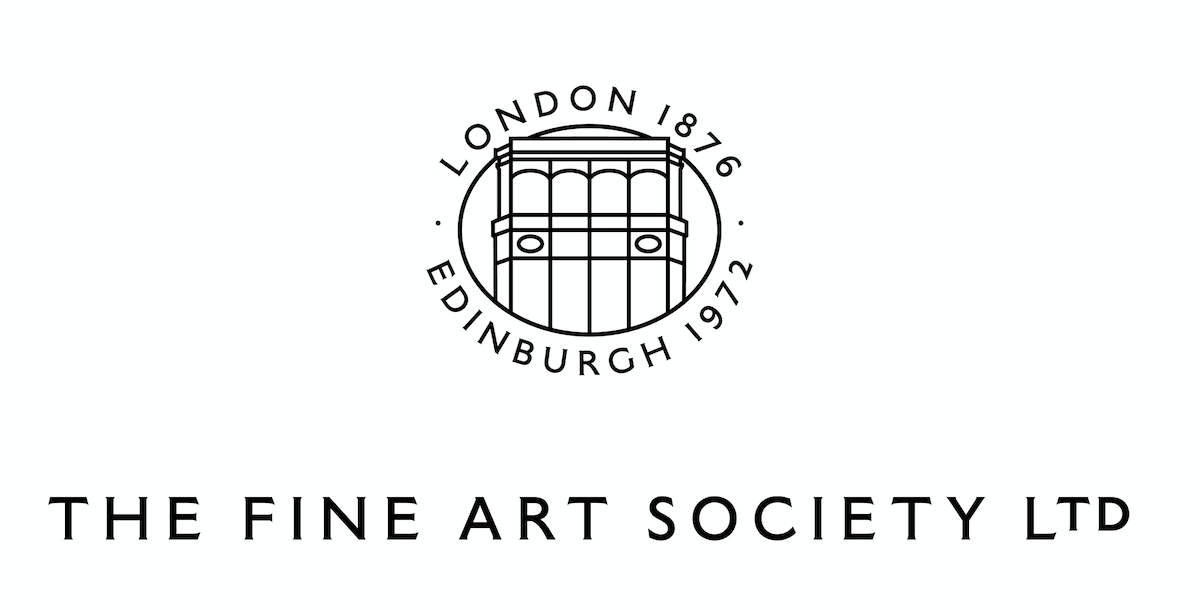Five Centuries of Scottish Portraiture
Portraits are windows into the period in which in they were painted – not merely because they demonstrate the painting techniques of the time, the fashions of art or of clothing, but because they show us how we saw ourselves. In the seventeenth or eighteenth century, we appeared as precise physiological representations and visual descriptions of our social and political circumstances. In the nineteenth century, we perhaps wanted a deeper examination of selfhood, the notion, as Schopenhauer put it, “That the outer man is a picture of the inner, and the face an expression and revelation of the whole character.” But, he went on, there was another ingredient to the idea of the portrait as a revelation of being: that, of course, “people are always anxious to see anyone who has made himself famous.”
A hundred years later, Freudian psychoanalysis, and modernism in general, discarded the idea that human character may be described by the external. Portraiture has had to survive its two great threats: the rise of photography and, in the twentieth century, a widespread rejection in the art world of figurative imagery.
It has not only survived, but grown stronger. It is in the nature of art to evolve and progress, but portraiture, if it is really to have meaning, must continue to represent at least an approximation of the physical likeness and the essence of the person. Portrait artists in recent decades have had to do both: to seek the likeness while also pursuing artistic originality. The portrait becomes a way of seeing ourselves over and again. We perhaps recognize that some things never change; but the artist reveals us, nevertheless, as something that always has the potential to be new.






